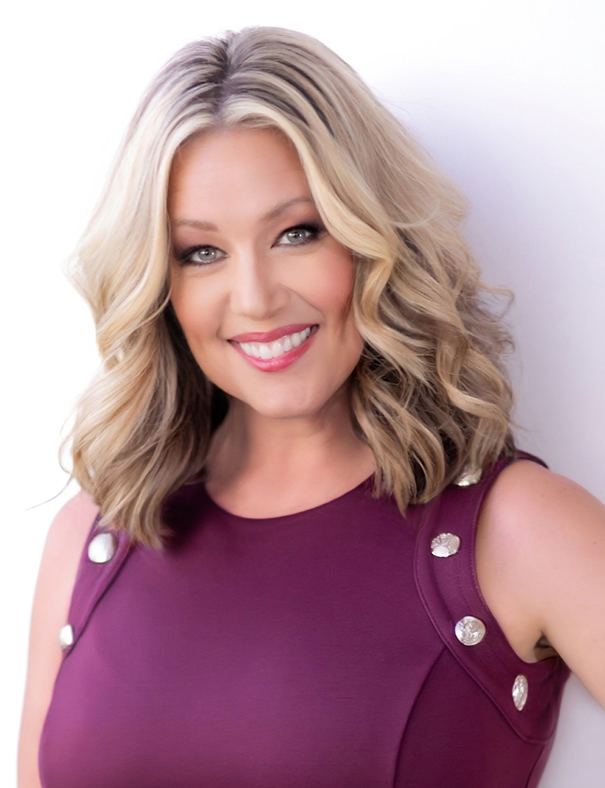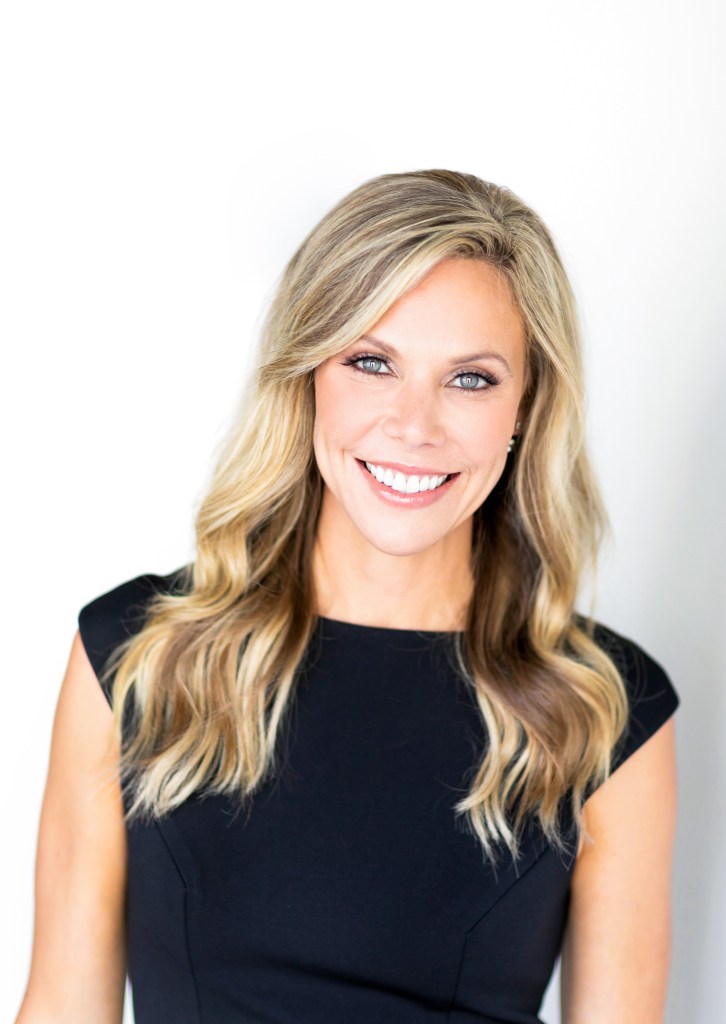With elevated mortgage rates having persisted over the past two years, Federal Reserve Chair Jerome Powell indicated recently that a cut to the federal funds rate at this month’s meeting of the Federal Open Market Committee (FOMC) is on the table, which would likely have the effect of driving mortgage rates lower.
Elevated interest rates have been part of the reality for the forward and reverse mortgage channels since the waning days of the COVID-19 pandemic. With the possibility of a rate reprieve on the horizon, HousingWire’s Reverse Mortgage Daily (RMD) reached out to leaders at several major reverse mortgage lenders to get an idea of how they’re preparing for such a scenario.
Leaning on education
 Shannon Robinson
Shannon RobinsonShannon Robinson, senior vice president of the reverse mortgage division at New American Funding (NAF), said the company remains committed to the prospect of borrower education regarding its full range of home equity products. This would go doubly in a more favorable rate environment.
“This commitment includes increasing educational efforts through more training sessions, improved communications and personalized consultations with our borrowers,” Robinson said. “Additionally, NAF is expanding its marketing strategies to reach a broader audience and increase our reach. We see a significant opportunity to attract new borrowers at NAF through the collaborative efforts and partnerships across our sales channels.”
Making sure that borrowers understand the full implications of home equity products — particularly as rates change the qualification equation for some — will be key, according to David Peskin, CEO of HighTechLending, dba American Senior Lending.
 David Peskin
David Peskin“There will be some borrowers who can benefit from a lower rate as well as get access to additional proceeds,” Peskin said. “It is very important for lenders to make sure the cost to benefit makes sense for the borrower. I think the bigger opportunity comes from those borrowers who really needed the benefits of a reverse mortgage to improve their cash flow during high inflation.”
Kristen Sieffert, president of industry-leading lender Finance of America (FOA), said that a potentially new rate environment heightens reverse mortgage potential for new customers.
“The prospect of interest rate cuts on the horizon can be a win-win for many homeowners who have been waiting on the sidelines and for the reverse mortgage industry,” Sieffert told RMD. “Importantly, it can help more people qualify through the ability to access additional levels of valuable home equity.”
Growing the business
Higher expected rates often led to lower loan proceeds, meaning that some potential borrowers were short to close in that environment, Peskin said. But remaining focused on new customers will be key, he added.
“As the 10-year expected rate drops, many of these potential borrowers can likely qualify for a reverse,” he added. “As an industry, I hope we take advantage of lower rates across the board, and look to grow the industry and not simply recycle it.”
The reverse mortgage industry was bolstered during the pandemic years by an explosion of HECM-to-HECM refinance volume. When that opportunity dried up, lenders quickly aimed to pivot back to new customers, but volume has remained depressed on a comparative basis.
 Melissa Macerato
Melissa MaceratoAt Longbridge Financial, chief revenue and marketing officer Melissa Macerato said that the company is primarily focusing on new borrowers, but it will pivot as necessary based on the direction of the market.
“Lower rates present opportunities to bring new customers into the reverse mortgage business and also the potential for existing borrowers to refinance,” Macerato said. “We are constantly adjusting our marketing strategies to make consumers aware of the opportunity to get a more attractive offering, including greater proceeds from lower expected rates on HECMs and thus higher principal limits.”
As both a reverse mortgage lender and servicer, Longbridge said it can deploy information to its servicing clients about possible refinancing opportunities if the terms have a potential benefit.
“As a servicer of more than 40,000 reverse mortgage loans, we will notify our servicing clients when refinancing potentially makes sense,” Macerato said. “We also perform this service for our wholesale clients, alerting them when opportunities arise to reach back out to a prospective buyer or existing borrower.”
The role of the refi
While acknowledging the capability that refinances have to bolster business, FOA’s Sieffert reiterated that a new rate environment primarily brings a market expansion opportunity.
 Kristen Sieffert
Kristen Sieffert“From Finance of America’s perspective, beyond a potential uptick in refi volumes supplementing our core business, more broadly a rate reduction presents an opportunity to expand the market and introduce new customers to the benefits of a reverse mortgage, putting more wind at our back as we continue to execute against our long-term goal to make using home equity in retirement mainstream,” she said.
Ryan Ogata, the reverse mortgage leader at Rate, explained that the rate environment impacts the forward and reverse channels equally. There’s a cyclicality to the business when rates rise and fall, including a focus on survival in a high-rate environment and growth-mode opportunities that arise from lower rates.
“There’s some nice revenue to be had as a result [of refis], but I’m not worried about rates coming down,” Ogata said. “It will benefit us and eventually rates will move in the other direction. That’s the cyclicality; that’s the nature of the mortgage business, both on the forward and reverse sides.”
Forward integration
One potential difference between the next lower rate environment and prior instances is the reverse mortgage industry’s more consolidated posture, which has led to notable reverse expansions among primarily forward mortgage companies.
At NAF, Robinson said that the reverse division allows the whole company to devise a solution that makes sense for a particular borrower.
“Our reverse mortgage division complements our traditional forward loan services, working together to devise solutions for our clients — particularly those aged 55 and older who are exploring new home equity options,” Robinson said.
“The reverse mortgage team is well integrated within NAF, helping to educate our forward retail and consumer-direct divisions about alternative financial options as their clients near retirement. This ongoing initiative is seen as an opportunity to introduce new borrowers to the benefits of reverse mortgages.”
In addition to NAF, other primary forward lenders such as Rate and Guild Mortgage have expanded their reverse presence in the past two years.












 English (US) ·
English (US) ·